
The number of accidents involving Guanacaste’s wildlife has swollen over the last five years. The amount of dead animals on the Pan-American Highway’s northern stretch surpassed 100 during this period. Over 40 different species were involved, including anteaters, coati, opossums, ocelots, and monkeys, according to independent monitoring done by the biologist Esther Pomareda from the University of Costa Rica.
As a response to the problem Coopeguanacaste, together with the Tempisque Conservation Area and the Ministry of Environment and Energy, developed a project: “Signage For Wildlife Crossings.” Fifty signs will be installed in places where the cooperative works (from Guardia de Liberia to San Rafael de Paquera).
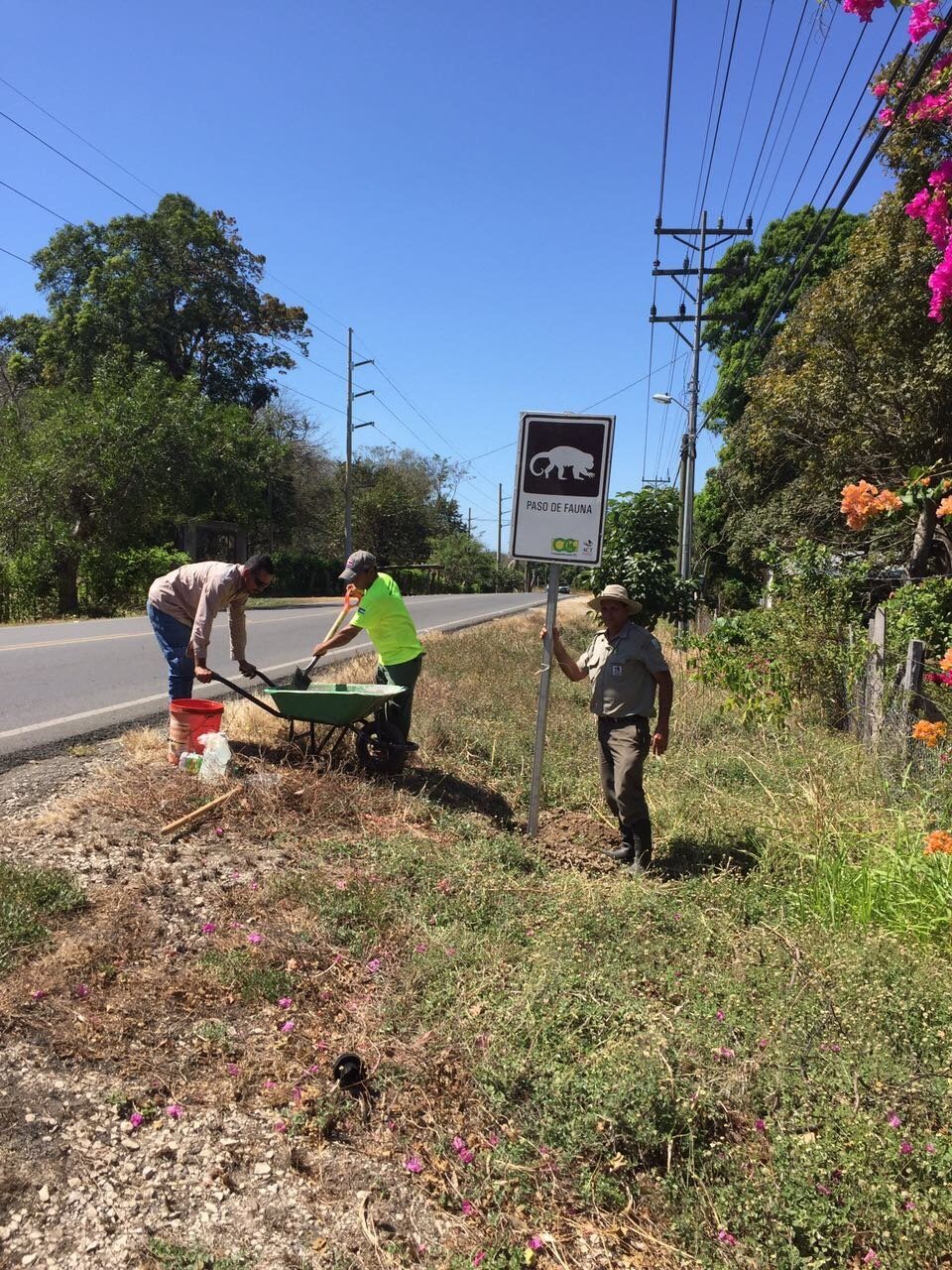
Installation of the signs began in January of this year. Currently 22 are ready. The rest will be installed later this year.
The idea is that drivers in the Nicoya Peninsula be conscious of the danger that both they and the animals face when speeding on the highway.
“If we really raise consciousness about the deaths of hundreds of animals on the highway, I think that we’ll think before we step on the accelerator,” said Pilar Campos, Environmental Manager for Coopeguanacaste.
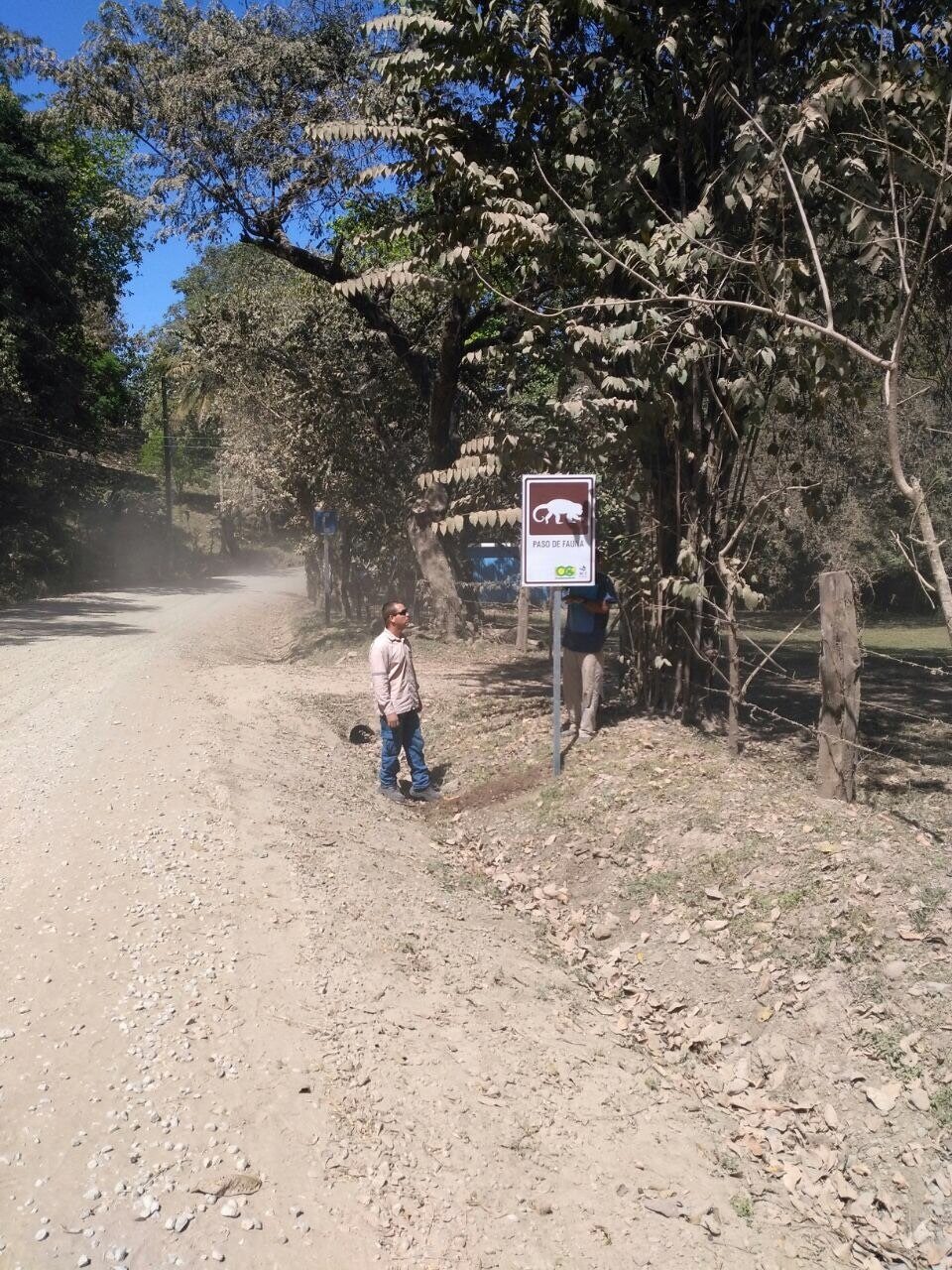
Leaders in the network maintenance and management division of Coopeguanacaste chose locations for signs in the following areas: Santa Cruz, Nicoya, Carrillo, and Cono Sur. Field visits from the coordinator of the Tempisque Wildlife Conservation Area also contributed to their methodology.
The cooperative also invested in other animal-protection projects. For example, they have installed 50 kilometers of semi-insulated cable, 3,000 devices, and 1,000 insulated transformers that have been placed to prevent monkeys, squirrels, and other mammals from getting electrocuted. They have also hung over 300 wildlife bridges. In all, they have invested over 564 million colones.


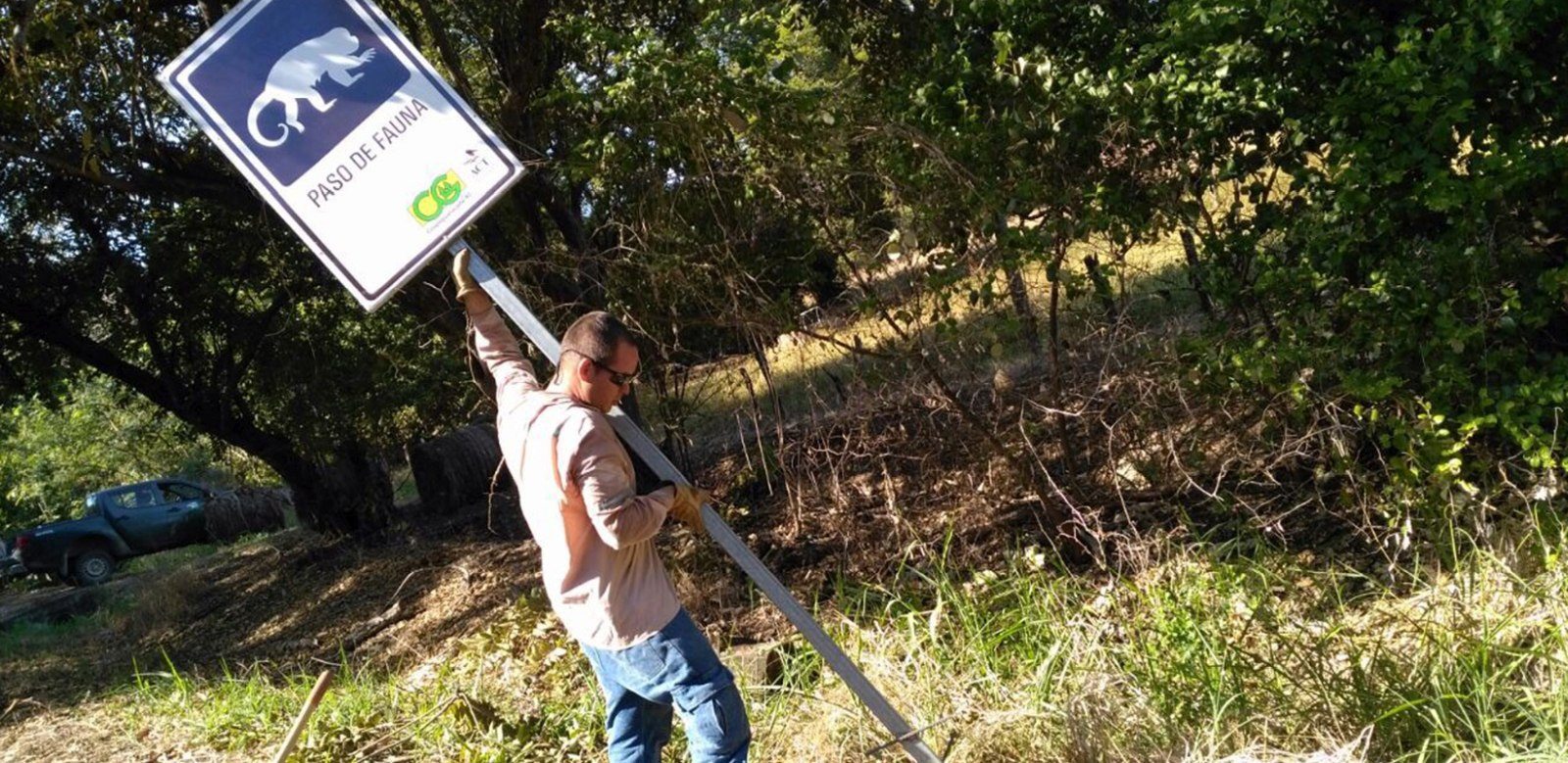
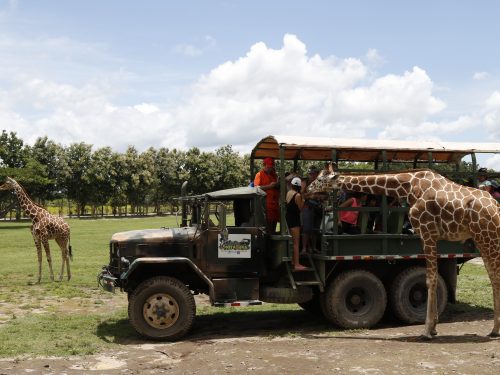
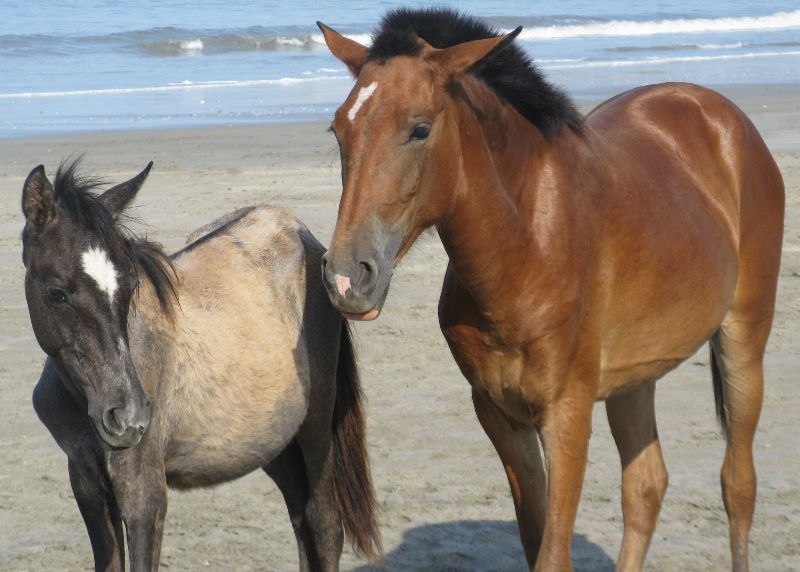


Comments